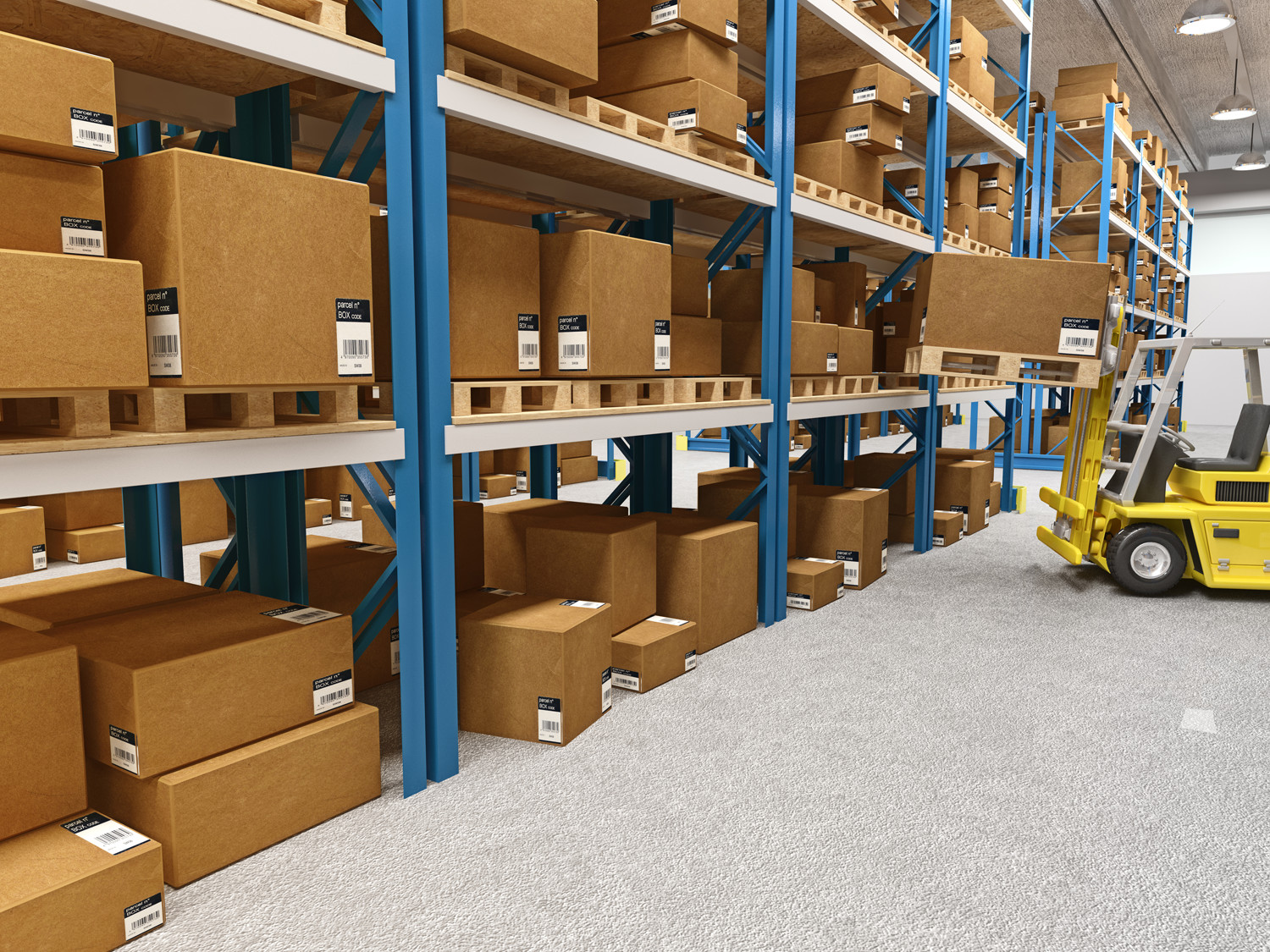Developing capacity for peak demand, are putting pressure on existing warehousing port facilities.
According to a recent Jones Lang LaSalle report on warehousing development in the ports and logistics sector, developers wary of “building the church for Easter Sunday” i.e. developing capacity for peak demand, are putting pressure on existing warehousing facilities.
Growing and ambitious ports are seeing an opportunity in this shortage of warehousing and logistics space in key logistics markets like the US. For the agile port, it’s an opportunity to leverage your own warehousing facilities more effectively for your user base and to attract new shippers.
Globally, many ports are adding or beginning to utilize huge warehousing zones, allowing greater flexibility. However, as your warehouse begins to expand, it can be harder to manage the complexities that this brings such as greater physical space, more staff and larger cargo to manage and store.
Whether it’s large or small scale cargo storage that you are establishing at your port, the opportunities and risks are the same. Congestion and inefficiencies are huge risks of warehousing; the need to streamline operations for efficiency becomes essential.
By ensuring that you have highly secure, responsive, and flexible systems in place, you are working to mitigate the associated risks with a warehousing addition to your port. Being able to have complete oversight of your warehouse, down to a shelving level can be a great asset to your business and even increase your bottom line through increased productivity.
Read more about how your terminal can improve the management of its warehousing facilities in our Warehousing fact sheet.


